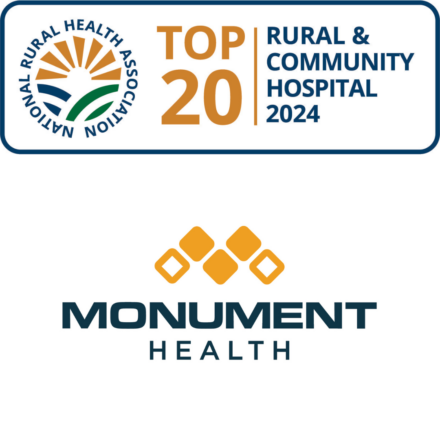
We have advanced technology allowing us to perform the following tests in order to assess your situation.
Esophagogastroduodenoscopy (EGD)
Evaluates the inside lining of the esophagus and stomach looking for sores, inflammation, precancerous or even cancerous changes.
EGD is an outpatient, same-day procedure performed by a surgeon or gastroenterologist.
Requirements
You are generally required to drink liquids for 24 hours before the procedure and not eat or drink anything in the 4 hours immediately before the procedure.
Procedure
Your physician will give you medications to make you sleepy. Once you are comfortable, they will introduce a long, thin tube containing a light and video camera through your mouth and into your esophagus, stomach and first part of the small intestine. This lets your physician see any inflammation, narrowing or even precancerous or cancerous changes in the esophagus.
The procedure itself takes 20-30 minutes, however, due to the sedation you will not be able to drive for the rest of the day and will need a ride home.
Esophageal PH and Impedance Testing
Determines the frequency and severity of reflux episodes and determines if your symptoms are related to reflux events.
Esophageal pH testing is typically done with a Bravo brand capsule. This is a small capsule the size of a multivitamin that attaches to the inside lining of the esophagus. It can be placed during endoscopy or in the clinic.
The Bravo capsule measures acid in your esophagus and wirelessly transmits this information to a recorder that you wear. The recorder has buttons that you push when you are eating, lying down or experiencing symptoms. This allows us to see reflux episodes and match them to your symptoms.
Because the capsule only measures acid reflux, your stomach contents must be acidic for it to work. For best results you cannot take any antacid medications immediately before or during the test.
After 48 hours, you return the recorder to your physician and clinic staff downloads the test results. The capsule itself will dislodge from the esophagus and pass through after 7-10 days. It is biodegradable and does not need to be retrieved or returned.
Esophageal impedance testing is able to measure both acidic and non-acidic reflux. Therefore, you are able to stay on your antacid medications during the procedure. For this procedure, a catheter is placed through the nose into the esophagus. It attaches to a recorder that you wear for 24 hours. The disadvantage of this test is that the catheter will hang out of your nose during the exam.
Pharyngeal pH Testing (Restech)
Determines the frequency and severity of reflux episodes in the throat.
Pharyngeal reflux testing can be performed with a special catheter called a Restech pH probe. This probe goes through the nose and sits in the upper throat. It can measure for acidic and weakly acidic reflux events that can cause cough, sore throat, sinus infections and other symptoms.
Manometry/Motility
Measures the function and coordination of swallowing muscles in the esophagus.
Esophageal manometry is performed in the clinic without sedation. You must be alert and able to swallow during the exam, so we can measure esophageal motility — the movement that takes food from the mouth to the stomach. This test can evaluate the lower esophageal sphincter and its relationship to the diaphragm muscle. It can also check that you do not have an esophageal motility disorder — a swallowing disorder — which has similar symptoms to reflux.
Before doing anything to tighten the lower esophageal sphincter we want to make sure that your esophagus will be able to push food down.
Esophagram
Visualizes the anatomy of the esophagus and stomach in relation to other structures.
An esophagram is an x-ray study performed by a radiologist. The radiologist will have you drink contrast dye that can be seen under x-ray. This lets your physician see your esophageal anatomy. An esophagram is the best test to look for a hiatal hernia. It can also show strictures or abnormal outpouchings (protrusions) in the esophagus known as diverticula. Sometimes the radiologist will watch a marshmallow and bagel go down the esophagus as this can show normal motility of the esophagus and make a manometry study unnecessary.
Gastric Emptying Study
Measures how quickly food in the stomach empties into the small intestine.
In a gastric emptying study, you eat a meal that includes a non-harmful chemical that can be detected by a scanner. This lets us monitor the rate at which food leaves your stomach. The chemical is not considered dangerous unless you are breastfeeding, pregnant, or planning to become pregnant. If this is the case, please inform your care team.


